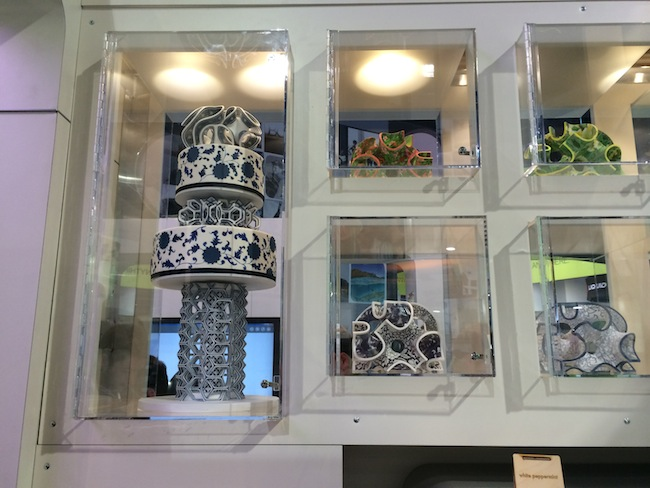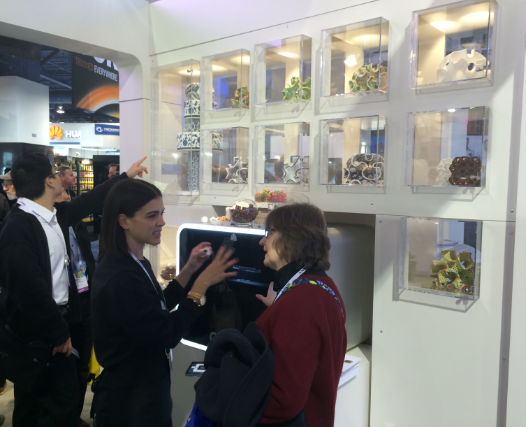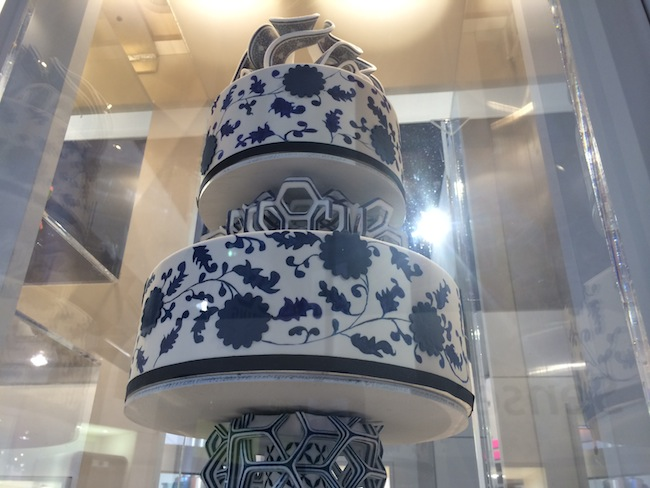Sugar Labs substitutes extruded plastic for sugar, and makes a new kind of dessert.

The ChefJet and ChefJet Pro print, basically, sugar: They work by applying a mixture of alcohol and water to wet and then harden the sweet stuff. The devices’ focus on crystalline sugar, combined with the capabilities of the printers themselves, results in forms that would be next to impossible to construct with human hands—little sculptures that double as dessert. The printers start at more than $4,000 for models that print with black-and-white food coloring; color models will likely retail for closer to $10,000. As Sugar Lab’s co-founder, Kyle von Hasseln, told me, the target markets for the machines are bakeries, restaurants, and event planners.

So, basically: The plastic couple that sometimes tops wedding cakes? That can now be edible. The princess atop little Jennifer’s birthday cake? Same. Architectural confectionery is enjoying a renaissance of late; you could see 3D printing fitting right into that trend. Indeed, the towering cake you can see in the picture at the top of this post was made in collaboration with Charm City Cakes‘s Duff Goodman, of Ace of Cakes fame.
